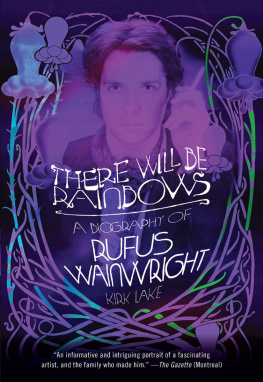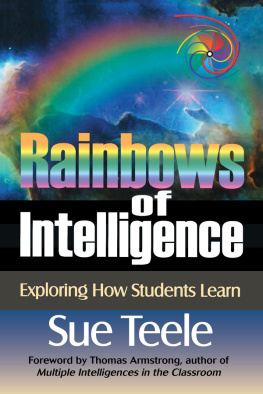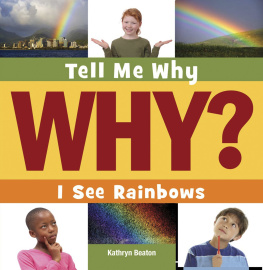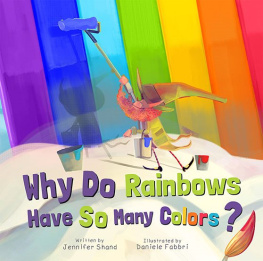Daniel MacCannell - Rainbows: Nature and Culture
Here you can read online Daniel MacCannell - Rainbows: Nature and Culture full text of the book (entire story) in english for free. Download pdf and epub, get meaning, cover and reviews about this ebook. year: 2018, publisher: Reaktion Books, genre: Religion. Description of the work, (preface) as well as reviews are available. Best literature library LitArk.com created for fans of good reading and offers a wide selection of genres:
Romance novel
Science fiction
Adventure
Detective
Science
History
Home and family
Prose
Art
Politics
Computer
Non-fiction
Religion
Business
Children
Humor
Choose a favorite category and find really read worthwhile books. Enjoy immersion in the world of imagination, feel the emotions of the characters or learn something new for yourself, make an fascinating discovery.
- Book:Rainbows: Nature and Culture
- Author:
- Publisher:Reaktion Books
- Genre:
- Year:2018
- Rating:5 / 5
- Favourites:Add to favourites
- Your mark:
Rainbows: Nature and Culture: summary, description and annotation
We offer to read an annotation, description, summary or preface (depends on what the author of the book "Rainbows: Nature and Culture" wrote himself). If you haven't found the necessary information about the book — write in the comments, we will try to find it.
The rainbow is a compelling spectacle in naturea rare, evanescent, and beautiful bridge between subjective experience and objective realityand no less remarkable as a cultural phenomenon. A symbol of the Left since the German Peasants War of the 1520s, it has been adopted by movements for gay rights, the environment, multiculturalism, and peace around the globe, and has inspired poets, artists, and writers including John Keats, Caspar David Friedrich, Edgar Allan Poe, and Nathaniel Hawthorne. In this book, the first of its kind, Daniel MacCannell offers an enlightening and instructive guide to the rainbows multicolored relationship with humanity. The scientific discovery of the rainbow is a remarkable tale, taking in ancient Greece and Rome, medieval Persia, and Islamic Spain. But even as weve studied rainbows, adopted their image, and penned odes to them for millennia, rainbows have also been regarded as ominous or even dangerous in myth and religion. In the twentieth century, the rainbow emerged as kitsch, arcing from the musical film version of The Wizard of Oz to 1980s sitcoms and childrens cartoons. Illustrated throughout in prismatic color, MacCannells Rainbows explores the full spectrum of rainbows nature and meaning, offering insight into what rainbows are and how they work, how we arrived at our current scientific understanding of the phenomenon, and how we have portrayed them in everything from myth to the arts, politics, and popular culture.
Daniel MacCannell: author's other books
Who wrote Rainbows: Nature and Culture? Find out the surname, the name of the author of the book and a list of all author's works by series.















